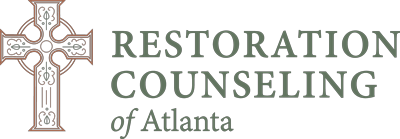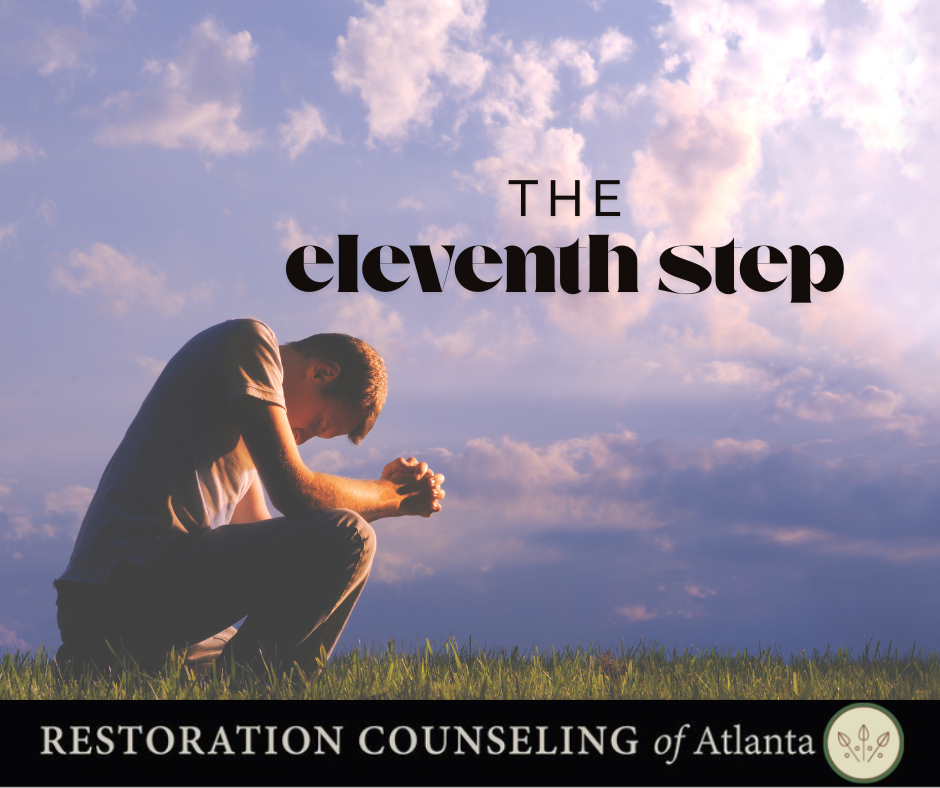Seeking through prayer and meditation to improve our conscious contact with God
Except for those persons living in caves for the past 85 years, it’s safe to say that all of us have heard of Alcoholics Anonymous either because someone close to us or we ourselves have struggled with alcoholism or some other addiction. Sometimes AA is referred to as a 12 step program, because it provides members with a list of 12 things it highly recommends the addict do to become well and to stay that way. Moreover, the 12 steps are listed in a specific order with instructions not to omit any steps and to follow the order in which they are written. That is to say, don’t expect Step Three to be effective if you skipped Step Two or left it incomplete. The instruction is rarely followed first time out of the gate which probably accounts for a discouragingly high relapse rate among beginners (90% of newcomers to AA resume drinking during the first year).
The reader may have noticed that an addict expects immediate results from any effort he makes. He’s like the man who was prescribed one-a-day vitamins and complained about the pills not working after taking one. He has little patience, especially when it comes to eliminating discomfort. He has learned impatience because alcohol enters the blood stream and reaches the brain 90 seconds after being swallowed. Old timers may recall from the 1960s the over the counter antacid that advertised itself with the slogan, relief is just a swallow away. The result is someone who stands in front of a microwave yelling “Hurry up!”
It should come as no surprise that so few ever make it to Step Eleven, and among those who do, many tend to breeze over the step or even skip it because they’re impatient to be done with the whole business. Well, it turns out that the redheaded step-sister eleventh step may be the most important step leading toward true sobriety. Without the eleventh step the abstinent alcoholic is at risk of becoming just a dry drunk whose behavior is pretty much like it was before he quit drinking. He changed one behavior and kept the rest.
Before looking at Step Eleven, a note about quitting drinking is in order. There is a frequently expressed belief that the solution to the alcoholic’s problem is that he stop drinking. Many have heard that advice, followed it, and discovered that the implicit prediction of a happily-ever-after life is an empty promise. That’s because drinking was not the cause of his distress. Addictive drinking is actually a sad attempt to eliminate distress, and it doesn’t work. Not only doesn’t it work, addiction actually hinders the healing process which calls for a conscious contact with God. It is true that abstinence is necessary for recovery, but if that’s as far as he goes, the abstaining alcoholic is left facing his underlying problems whatever they might be without even the occasional temporary relief he used to get from being drunk. This is where Step Eleven comes in. Step Eleven addresses the underlying problems that have been driving the addict to drink.
What are the underlying problems? Beneath details which vary from person to person we discover that each of us was designed by God to be happy; to be secure; and to possess self control (free will). Anything that interferes with that design becomes a problem that is almost sure to bother us. Here we may insert the following regarding things that bother us: If the things that bother us didn’t bother us they wouldn’t bother us. Alcoholics seem to be bothered by a great many things. They also tend to be unhappy, insecure, and to feel out of control.
Probably from the moment of conception and most certainly from the moment of birth, each of us has been assembling an extensive repertoire of responses which are designed to accommodate the need for happiness, security, and self control. Up to a point this is a good idea, especially since we have been thrust into a world where multiple difficulties confront us, especially during the first 20 years of life. But there’s a good chance that the plan we adopt to cope with those difficulties is seriously flawed, especially since it evolves within the central nervous systems of newborns, infants, children, pre-teens and adolescents. Most cultures agree that anyone at any of these stages of development is not competent to take on adult responsibilities or to come up with workable methods of solving problems or resolving conflicts.
The plan the developing child adopts becomes his personality. Psychologists call it the ego. To the layman it’s the self. To author Thomas Keating it’s the false self, because of the individual’s limited designing ability. Whatever one chooses to call it, this bunch of skills, understandings, attitudes, beliefs, and behaviors is coded, programmed, and downloaded into the brain like software into a computer where it remains and is pulled up repeatedly until it becomes unconscious. Personality, or lifestyle is a learned pattern of conduct. When learned behaviors are consistently practiced they become so completely fixed in the brain that it isn’t necessary to think about what one is doing. Like riding a bike, we just do it, and it can be accurately said we don’t know what we’re doing. It becomes a matter of habit, a word derived from the Latin habitare (to live.) Unlike the word vivire meaning to be alive, habitare indicates something living inside of something. This raises a question whether alcoholism inhabits the alcoholic or is it the other way around?
Each of us carries within us a false self that we have come to believe possesses the means of acquiring happiness, security, and self control. There is another self which has the mind of Christ that speaks with a still, small voice and which is often not heard over the noise of the false self. Most of what the soft spoken voice has to say has been written down in the Gospel. When we seek to change others we are usually doing battle with their false selves which resist our efforts. When we activate the mind of Christ in ourselves by loving others warts and all and by accepting them as they are, the mind of Christ which is also in them surfaces and they experience a kind of restful sabbath that allows them to act in Christ-like ways.
Unless the unhappy, insecure, and helpless addict experiences significant neurological change he doesn’t know he is following the unconscious program, which is to say he really doesn’t know who he is. He continues to employ ineffective coping strategies which include consuming alcohol to ward off discomfort as well as responding to a complex of established neural circuits tied to behaviors that lead to drinking. All of them are unconscious.
The good news is that the false self is not the actual self, and due to the plasticity of the brain, the maladaptive programming can be changed and replaced with the truth which is the spiritual self. This transformation calls for a renewal of the mind that requires spiritual as well as neurological change. That brings us to Step Eleven which appropriately speaks of prayer as well as meditation. It is this combo that activates the mind of Christ in the recovering addict. It is this step that opens the door to lasting sobriety.
Current research confirms that regular, consistent basic meditation practice results in changes in neural circuitry and changes in structures in the brain. For example, research shows that meditation decreases activity in the limbic system, an area of the brain which is activated when individuals experience anxiety. Since anxiety is a driving force in addiction, basic meditation provides a natural remedy. Perhaps the greatest initial benefit of daily meditation practice is that it trains the brain in awareness and in maintaining focus. Awareness (read that as conscious contact with God) by the power of the Holy Spirit brings what was hidden in the unconscious to the surface and allows us to make godly choices. By no means new, this process has been known to Christians for centuries as contemplative prayer — resting in God.
There is no need to reinvent the wheel. A great deal of work has been done developing effective programs of prayerful meditation practice. Those interested in pursuing structured work on Step Eleven should find the practice outlined by Thomas Keating in his book entitled Open Mind, Open Heart to be most helpful. He calls the approach Centering Prayer. As the name suggests, and as is specified in Step Eleven, sound mental health is a spiritual matter.
Sought through prayer and meditation to improve our conscious contact with God as we understood Him, praying only for knowledge of His will for us and the power to carry that out.
————————————————————————————
Keating, Thomas. Open Mind, Open Heart. London: BLOOMSBURY CONTINUUM, 2006, 190 pp.

Written by: Patrick Caffrey, LPC
pat@restorationcounselingatl.com, ext. 114
Patrick counsels adults who struggle with alcoholism and other forms of substance abuse, as well as related family issues. These include adult children of alcoholics (ACOA) and persons who are codependent. Pat has also written and published three books addressing the subject of addiction. His books are available through www.amazon.com or may be purchased at the Roswell office.

